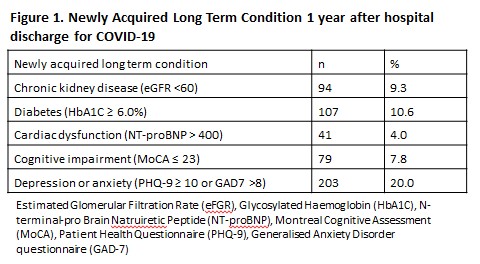Abstract
Background
We aimed to assess the effect of post-hospital COVID-19 healthcare pathways, described by the level of clinical assessment and rehabilitation provided, on 1 year HRQoL.
Methods
Adult survivors of a hospital admission with COVID-19 were prospectively recruited at participating UK sites to the Post-HOSPital COVID-19 (PHOSP-COVID) study. HRQoL was assessed by the EQ5D-5L utility index (UI) at one year post-discharge. Hospital sites were surveyed and post-hospital healthcare pathways categorised as low-intensity (no pro-active follow-up or light touch assessment/uni-dimensional rehabilitation), or high-intensity (holistic/multi-system) clinical assessment and/or high-intensity (multi-dimensional) rehabilitation. The association between intensity of health care assessment, rehabilitation provision, and EQ5D-5L UI was predicted using regression adjusted for case-mix differences.
Results
Of 45 sites, 30 provided high-intensity clinical assessment and 16 high-intensity rehabilitation. Table 1 uses data from 1013 participants and compares the effect on 1 year HRQoL between high and low intensity healthcare pathways.

Conclusion
Post-hospital COVID-19 healthcare pathways involving high-intensity clinical assessment and high-intensity rehabilitation are associated with improved one year HRQoL. Cost-effectiveness requires evaluation